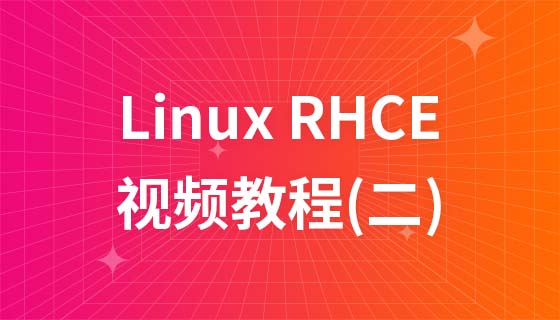stl中的数值算法能简化数学计算并提升代码效率。1.accumulate用于求和及变换累加,如平方后再求和;2.inner_product可计算两个序列的内积,并支持自定义操作;3.partial_sum生成前缀和序列;4.adjacent_difference计算相邻元素差值,适用于数据分析等场景。这些算法通过配合lambda或函数对象,能够实现灵活的逻辑扩展。

STL 中的数值算法虽然不是最常用的那一类,但在处理集合数据时非常实用。像
accumulate
inner_product

下面几个使用场景和技巧,适合刚接触 STL 数值算法的朋友参考。

accumulate
<numeric>
std::accumulate(begin, end, init);
比如你有一个
vector<int>

std::vector<int> nums = {1, 2, 3, 4};
int sum = std::accumulate(nums.begin(), nums.end(), 0);它还能配合自定义函数或 lambda 表达式做变换后的累加。比如你想把每个数先平方再加起来:
int sum_sq = std::accumulate(nums.begin(), nums.end(), 0,
[](int acc, int x) { return acc + x * x; });这时候就相当于手动实现了 map-reduce 的一部分逻辑。
如果你有两个相同长度的数组,想要计算它们的内积(也就是对应元素相乘再相加),可以用
inner_product
std::vector<int> a = {1, 2, 3};
std::vector<int> b = {4, 5, 6};
int result = std::inner_product(a.begin(), a.end(), b.begin(), 0);
// 相当于 1*4 + 2*5 + 3*6 = 32默认情况下,这个函数会先做乘法,然后加法。但你也可以传入自己的操作函数,比如改成先加后乘:
int custom = std::inner_product(a.begin(), a.end(), b.begin(), 0,
std::plus<>(), std::multiplies<>());这在实现某些特定公式的时候会很有用。
除了上面两个比较常用的,还有一些其他函数也值得了解。
partial_sum
std::vector<int> input = {1, 2, 3, 4};
std::vector<int> output(4);
std::partial_sum(input.begin(), input.end(), output.begin());
// output 就是 {1, 3, 6, 10}adjacent_difference
std::vector<int> input = {1, 3, 6, 10};
std::vector<int> output(4);
std::adjacent_difference(input.begin(), input.end(), output.begin());
// output 是 {1, 2, 3, 4}这两个函数常用于数据分析、信号处理等需要序列变换的场景。
基本上就这些。STL 提供的这几个数值算法虽然功能不算复杂,但如果在合适的地方用上,能大大简化代码结构。关键是理解每个函数的行为,以及它们如何配合 lambda 或函数对象来扩展功能。
以上就是STL数值算法怎么使用 掌握accumulate inner_product等技巧的详细内容,更多请关注php中文网其它相关文章!

每个人都需要一台速度更快、更稳定的 PC。随着时间的推移,垃圾文件、旧注册表数据和不必要的后台进程会占用资源并降低性能。幸运的是,许多工具可以让 Windows 保持平稳运行。




Copyright 2014-2025 https://www.php.cn/ All Rights Reserved | php.cn | 湘ICP备2023035733号